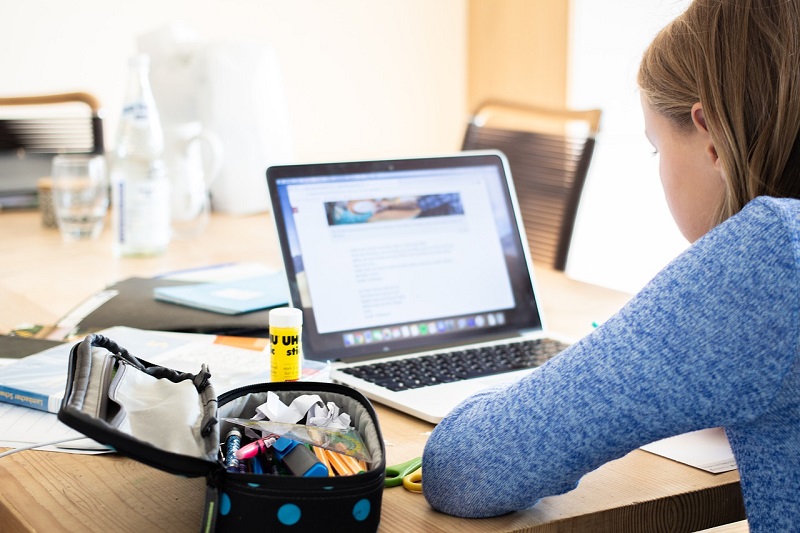January 8, 2022
Bring Your Own Device (BYOD) enables students and teaching staff to access resources and communicate with peers on and off-campus

The outbreak of the COVID-19 pandemic in 2020 has changed many things in our day-to-day lives.
While the world is slowly recovering and rebuilding from the remnants of an unpredictable crisis, people have accepted and adapted to these newer ways of living, working and, learning.
As classrooms were shifted to bedrooms and home study corners, the global citizen moved towards a fluid remote work and study environment that is best described as – anywhere, anytime, anyhow.
The dependency on our personal devices such as smartphones and laptops, while essential, has escalated to almost worrying limits.
Bring Your Own Device (BYOD) is not new, but the pandemic has placed its relevance much higher as workplace and learning practices have changed.
According to a paper by researcher Dr. Giasemi Vavoula and her peers in the early 2000s, “mobile learning is an emergent paradigm in a state of intense development fuelled by the confluence of three technological streams: ambient computing power, ambient communication, and intelligent user interfaces. The pedagogy of mobile learning, however, has yet to become clearly established.” We can see that the pandemic had accelerated that development at an explosive rate, at least initially.
By definition, BYOD involves allowing students to bring their own personal digital devices into a classroom or campus to support all learning activities. Students, and teaching staff as well, have the benefit of using BYOD as A primary or alternative support to computers or devices provided by the educational institute.
In addition to offering students with an active wi-fi connection, BYOD software applications help institutions in taking advantage of the benefits by delivering seamless IT resources to personal devices, made accessible anywhere.
Unlike in the case of workplaces or corporate requirements, students are restricted to basic offerings such as access to emails and study resources through their university hub spots, on and off-campus. Additionally, student licenses to allow installs of many lab software on personal devices have made this transformation easy. Now the requirement for dedicated devices has become confined to only the specialised labs.
RECOMMENDED: https://global-edtech.com/category/community/
Schools and universities across the UAE have also been adapting the BYOD initiative to encourage learning collaborations, maintain continuous dialogue and communication, as well as avoid any hindrances that may occur in a student’s learning environment. This also comes in line with the UAE Vision 2021 to address a ‘complete transformation of the current education system and teaching methods. The National Agenda aims for all schools, universities, and students to be equipped with Smart systems and devices as a basis for all teaching methods, projects, and research.
The policies outline the use of devices to prepare students for a globally digitised future.
There are certain risks, however, such as cyber security challenges. Universities and schools have been working on reducing and managing inherent risks as best as possible with added authentication processes to ensure that student data remains safe and secure. This has to be done while keeping the university internal network safe as well.
Another challenge is for universities and colleges to ensure that their IT infrastructure can support the access of their network and resources in real-time, made available anywhere. To adapt to the expectations of this technologically enhanced digital learning framework, it is vital that they build or upgrade IT strategies and network management capabilities.
The world as we know it today is rapidly adapting to a digitally enriched and fast-paced environment. In order to build a generation that is gearing up to carry the legacy forward, it is vital that they be equipped with technologies and disruptions that make this transition as seamless as possible. Concepts such as BYOD plays the role of a connector in this transition to ensure that students receive 1:1 tutorship while being enabled to progress in the society of tomorrow.















0 Comments